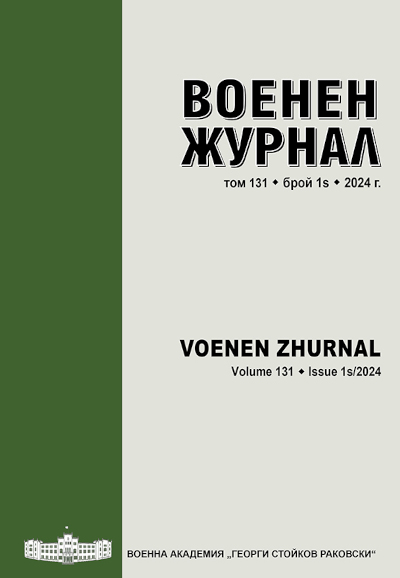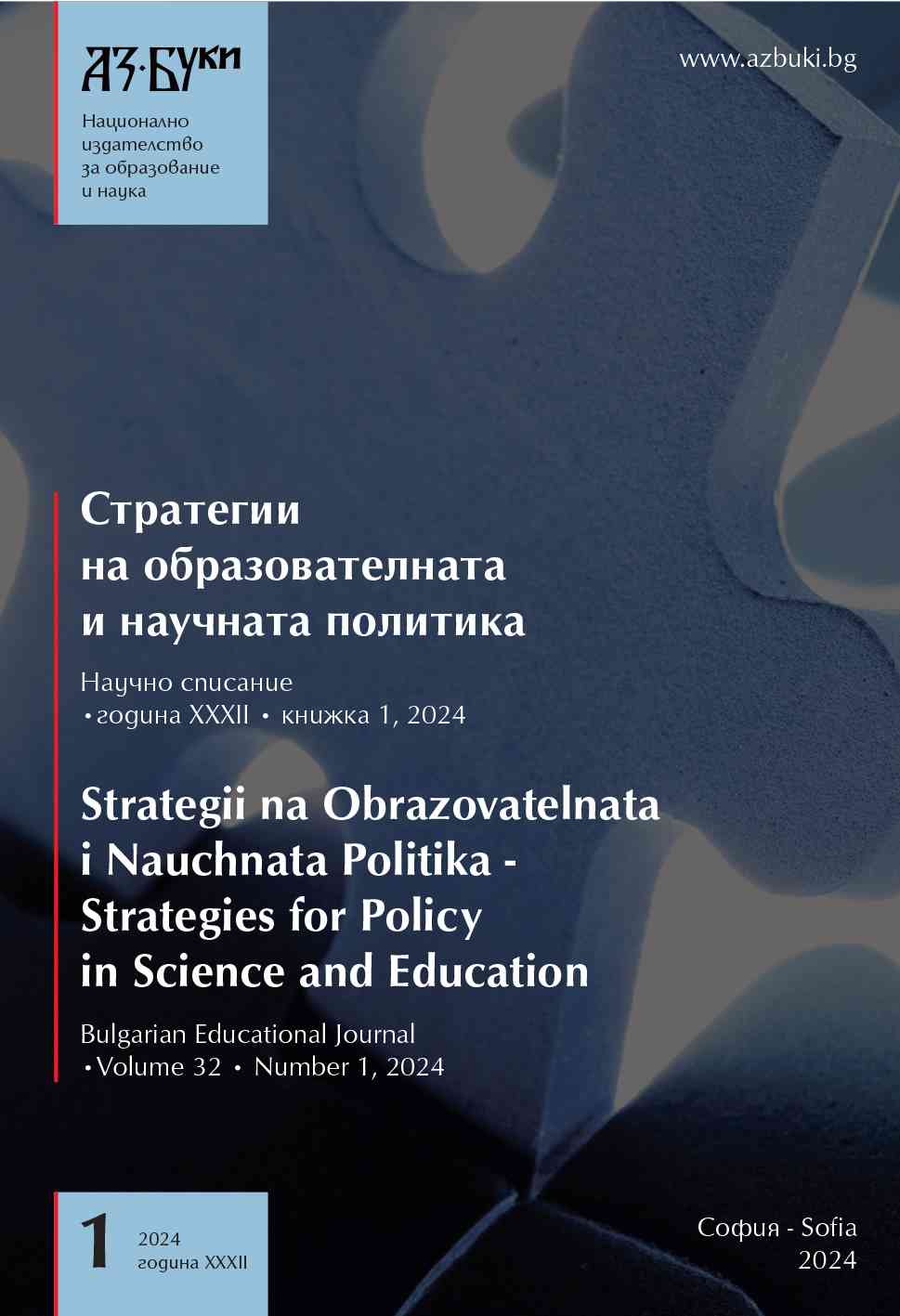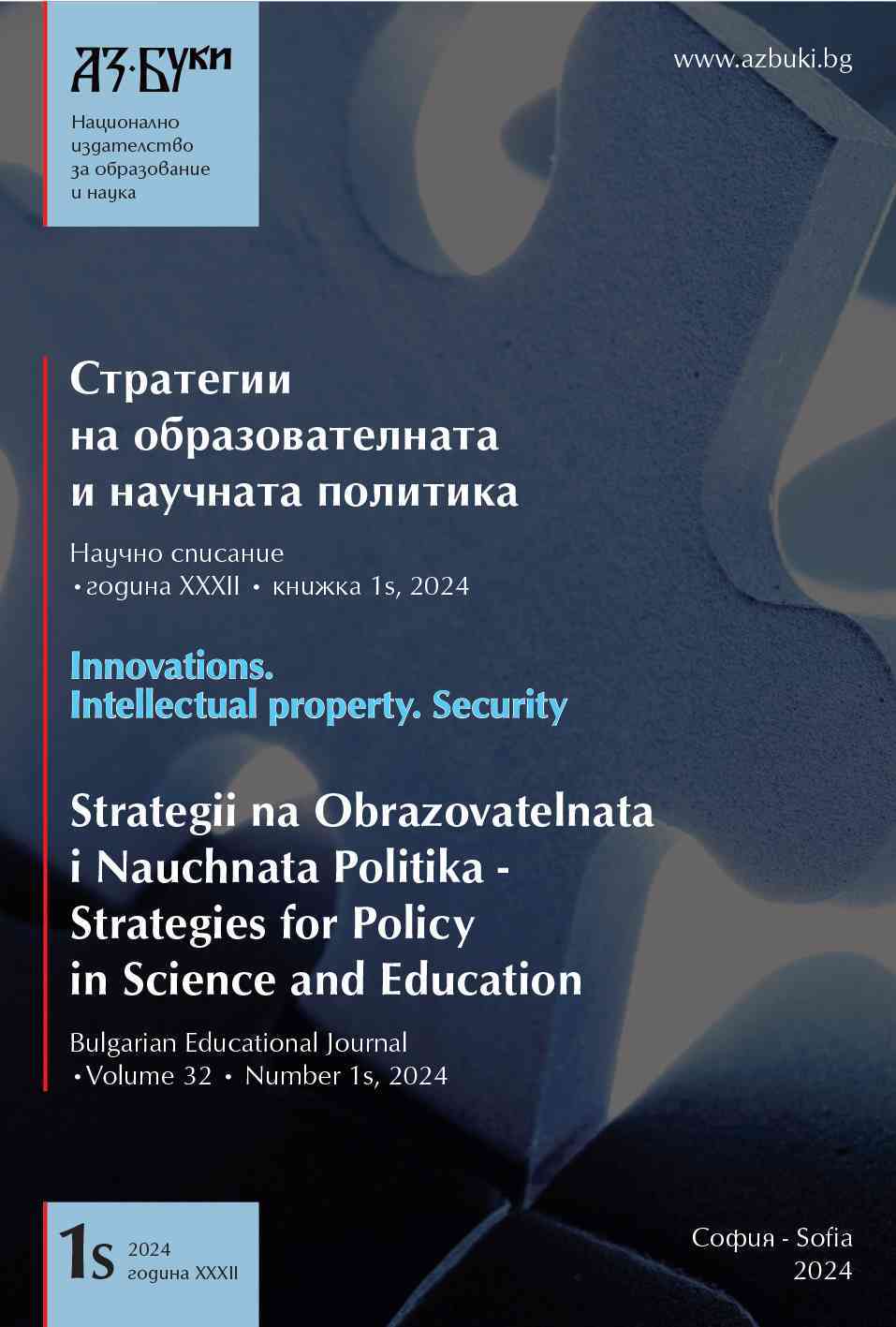
Преговори за контрол на стратегическите въоръжения през първото десетилетие след края на Студената война
Abstract. This scholarly article examines the problems ahead of the effective control of strategic armaments that have arisen in the first decade after the end of the Cold War. The collapse of the USSR left huge nuclear arsenals on the territory of four newly independent states. The US and the Russian Federation faced the challenge not only to convince Ukraine, Belarus and Kazakhstan to voluntarily hand over to the Russian Federation the remaining nuclear weapons on their territory, but also to continue the complex negotiations between them to negotiate and ratify new treaties reducing their nuclear arsenals. In addition to the three planned START Treaties, the fate of the ABM Treaty become another contentious issue in the negotiations between the US and the Russian Federation. Despite these difficulties, strategic arms control became the least controversial aspect of NATO–Russia relations and one with the greatest potential for cooperation.
More...


